Predictably Misbehaving
Lecture 2: Reference-dependent Preferences
Joshua Foster at UW-Oshkosh

The Size-Contrast Illusion
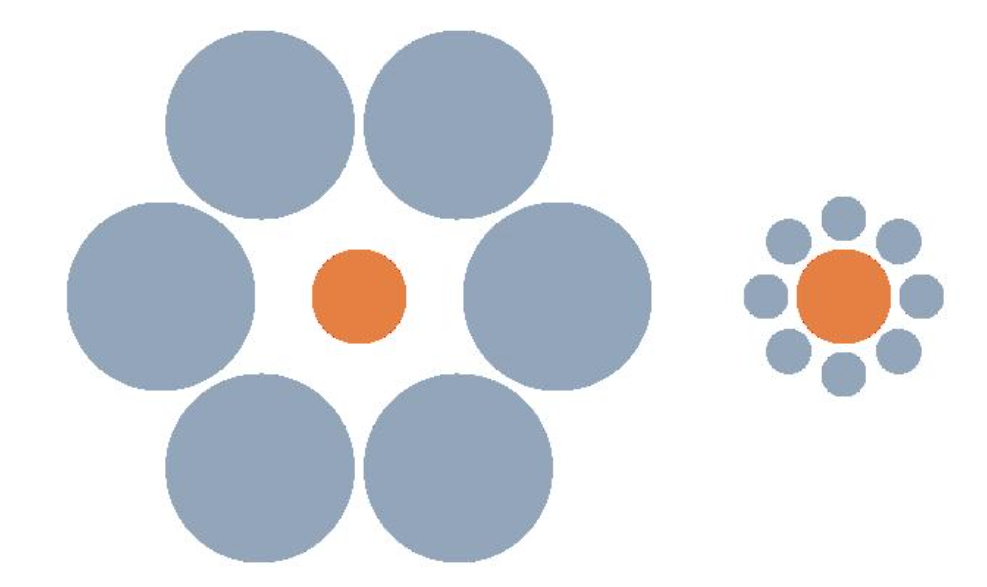
The Ponzo Illusion
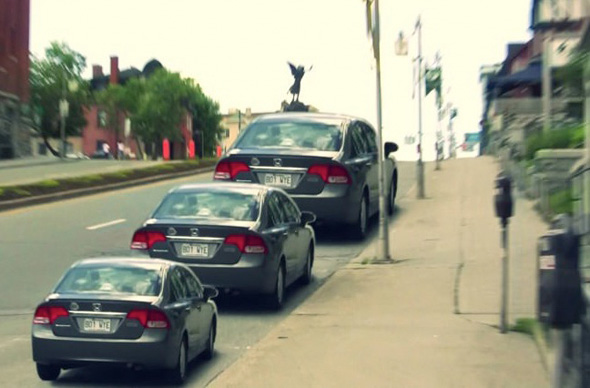
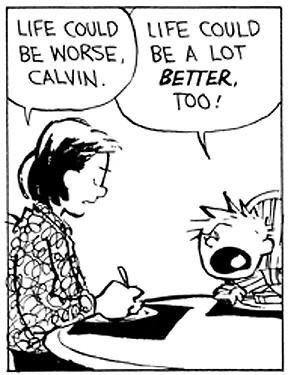
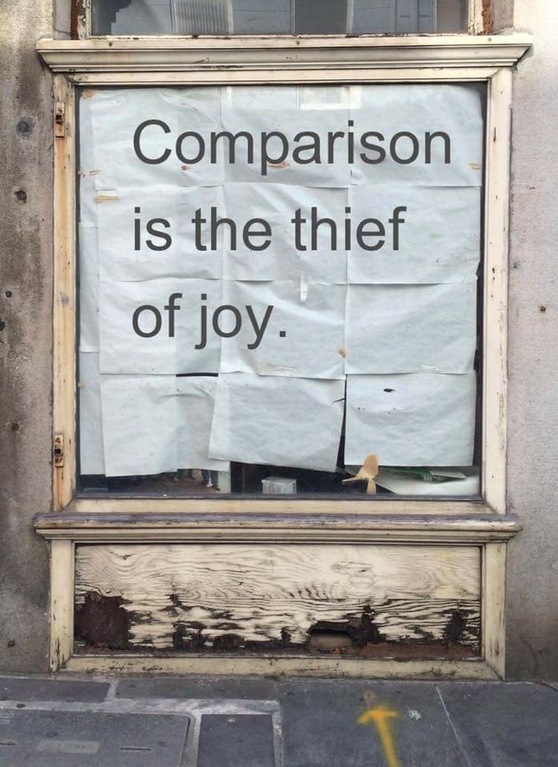
Comparative Perceptions
Our brains make relative comparisons, not absolute.
- Brightness, loudness, temperature...all relative comparisons.
- So are many of our experiences.
We find comparative judgments much easier to make.
- It's easy to tell which of two buckets of water is warmer.
- It's hard to tell their absolute temperature.
Today's Major Takeaway
Evaluations of economic outcomes are heavily influenced by comparisons.
- One gets strong feelings comparing incomes.
- Say a friend makes $1000 more than you.
- It's hard to judge how much $1000 will help.
If absolute consumption is what made people happy...
- We should be happier than people 100 years ago.
- (e.g. electricity, indoor plumbing, entertainment)
Traditional Economics
Traditional Utility
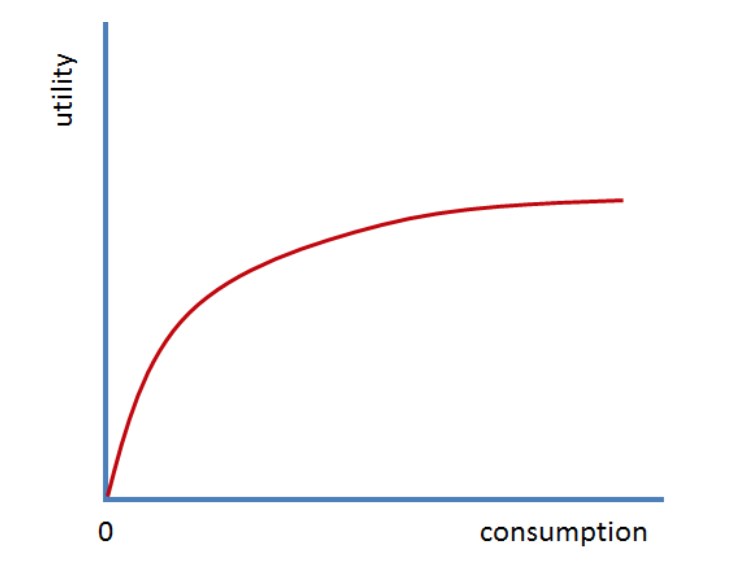
|
Traditional utility depends on absolute valuation.
|
Modifications
Reference-dependent Utility
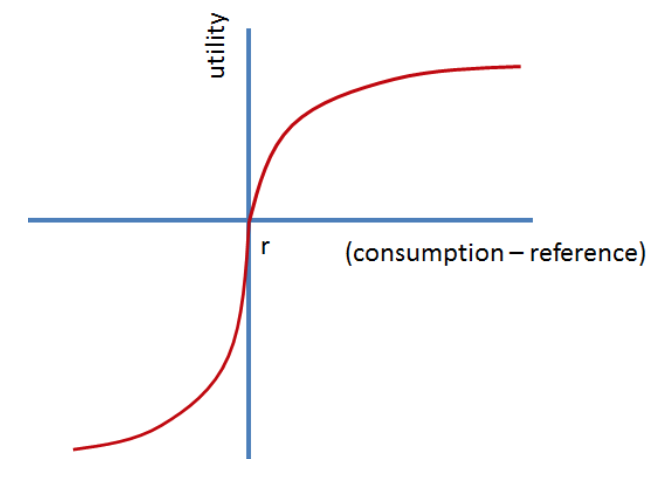
|
Reference-dependent (RD) utility depends on relative valuation.
|
Loss Aversion
For the consumption of something particular, people dislike losses relative to their reference point more than they like same-sized gains.
The inclusion of loss aversion is one of the most important properties of reference-dependent utility.
Loss Aversion
"How could we test for loss aversion?"
- Willingness to trade one's current position for an alternative.
- Preferences over risky gambles.
Compelling studies with evidence of loss aversion:
- Kahneman, Knetsch, and Thaler (1990, 1991)
- And many others...
Results: once a person comes to possess something they (almost) immediately value it more than before when they did not possess it.
Evidence of Loss Aversion
Endowment Effect
Endowing someone with a good almost instantaneously makes them value it more highly.
Experiments consistently find a major gap in prices:
- Selling prices tend to be $\sim 2\times$ the buying prices.
Testing the Endowment Effect
Experimental Procedure:
- Randomly give half of the subjects mugs.
- "Owners" and "non-owners" both examine them.
- Elicit buying and selling prices.
The Difficulty
Getting people to honestly state their value for a mug.
- The experiment must be incentive compatible.
- Otherwise, prices will not reflect their true valuations.
Becker-DeGroot-Marschak (BDM) Procedure
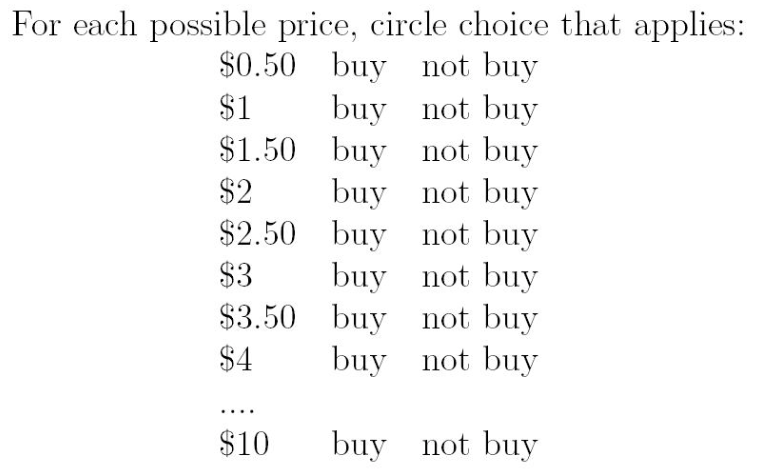
|
Each non-owner receives the following table to the left. Subjects are told a price will be selected randomly. |
Cannot to influence price, thus best to tell the truth.
Endowment Effect $=$ Reference-dependence $+$ Loss Aversion
| $\Delta$ in Mugs | $\Delta$ in Money | |
| Owners | 1 | 0 |
| Non-owners | 0 | 0 |
|
Selling a mug leads to
|
Buying a mug leads to
|
Loss aversion predicts that $x>y$. People need extra incentives to let go of what they already have.
What does traditional economis have to say?
There are potential measurement issues:
- Owners are slightly richer.
- Thus an income effect could explain this result.
Additional experiments were run to find out.
Meet the "Choosers"
Each non-owner receives one of the following tables.
Ownersvs.Choosers

At each $ amount, choose...the mug, or the money.
Endowment Effect Persists
| Owners | Non-owners | Choosers | ||
| 7.12 | $>$ | 2.87 | $\approx$ | 3.12 |
Major Takeaway: Low trade volume is due to owners' reluctance to part with their mug rather than buyers' unwillingness to part with their cash.
